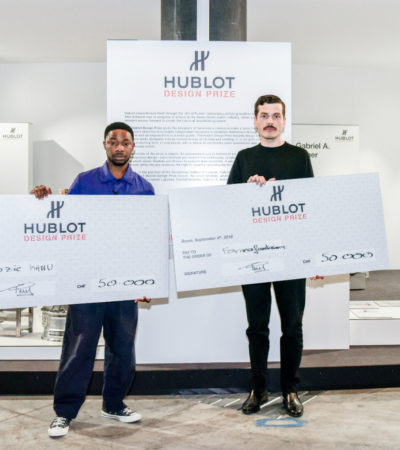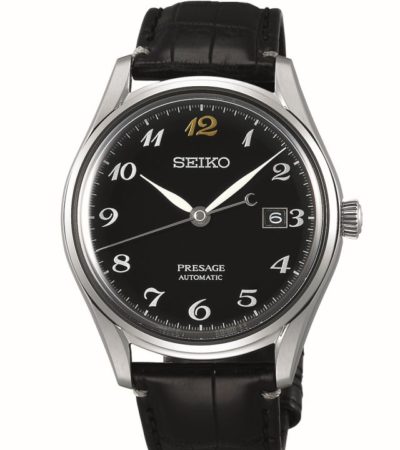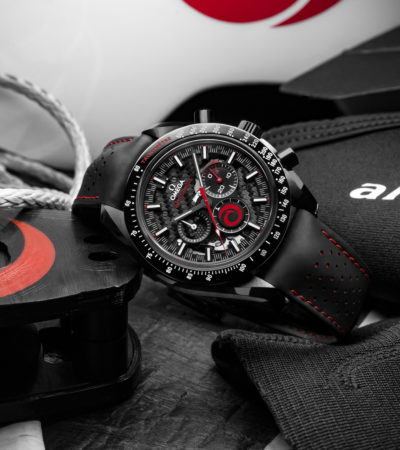THE IWC SCHAFFHAUSEN PORTUGIESER ETERNAL CALENDAR NOW HOLDS THE GUINNESS WORLD RECORDS™ TITLE

Schaffhausen/London, 26th June 2024: The newly introduced Portugieser Eternal Calendar has been officially recognised by Guinness World Records as the “most precise lunar phase wristwatch”. With a theoretical deviation of just one day in 45,361,055 years, the Double Moon™ indication of the Portugieser Eternal Calendar beats the previous world record by more than 43 million years. This is made possible by a new reduction gear train with three intermediate wheels, which reduces the duration of one calendar month as precisely as possible to the duration of one complete lunar cycle.

The moon phase display is arguably the most charming complication in watchmaking. It displays the current phase of the moon on the dial, ensuring that no full moon is missed – even if it is obscured by clouds. Since the introduction of its perpetual calendar almost four decades ago, IWC Schaffhausen has taken great strides to continuously improve the accuracy of its moon phase displays. Developed by IWC Schaffhausen’s former head watchmaker Kurt Klaus, the first perpetual calendar debuted in 1985 with the Da Vinci Perpetual Calendar Chronograph (Ref. IW3750) and offered a moon phase accuracy of 122 years. In 2003, IWC introduced the Portugieser Perpetual Calendar (Ref. 5021), featuring a moon phase display with an enhanced precision of 577.5 years. The new Portugieser Eternal Calendar pushes the boundaries again: with a theoretical accuracy of more than 45 million years, it has now been officially recognised as the “world’s most precise lunar phase wristwatch” by Guinness World Records (GWR). Established in 1955, GWR has evolved to the globally most recognised authority on record-breaking achievements – verifying and documenting both human and natural records. Before being awarded its title, each record is carefully audited to comply with their strict quality standards and needs go undergo a rigorous verification process.
“The moon phase of the Portugieser Eternal Calendar exemplifies the culture of engineering and innovation we live every day at IWC. From our apprentices and trainees to our most experienced watchmakers and engineers, we are continuously pushing the boundaries of what is possible in fine watchmaking. This record is a great recognition of their hard work and our watchmaking expertise,” explains Stefan Ihnen, Associate Director Technics of IWC Schaffhausen

DISPLAYING THE MOON PHASE PRECISELY IS A CHALLENGE
In the moon phase display, a reduction gear train is placed between the base calendar module and the moon phase disc. This gear train reduces the duration of one calendar month to the duration of one synodic month, which equals 29 days, 12 hours, 44 minutes and 2.88 seconds. The accuracy of the display depends on the number of wheels used, their proportions and the number of teeth they have. For the Portugieser Eternal Calendar, IWC’s engineers devised a new reduction gear with three intermediate wheels – two more than in the previous module with an accuracy of 577.5 years.
To develop a solution that is sufficiently robust and will function reliably for extremely long periods of time, they defined key parameters such as the minimum and maximum number of teeth per wheel. A computer simulation program created specifically for this purpose was then tasked with calculating almost 23 trillion different combinations of wheels and teeth. In an iterative process, the engineers gradually worked their way towards the perfect combination of wheels for this specific application. Assuming a constant duration of the synodic month of 29 days, 12 hours, 44 minutes and 2.88 seconds, the display would theoretically only deviate from the orbit of the moon by one day after 45,361,055 years.
LIGA PROCESS OFFERED THE REQUIRED PRECISION
Calculating the wheels was, however, not the end of the story. In order to achieve an even higher display accuracy, the backlash between the wheels was minimised by
optimising the tooth geometry. To ensure that the tiny components function reliably over extremely long periods of time, alternative approaches also had to be adopted in manufacturing. As traditional metal machining would not have offered the precision needed, IWC’s engineers opted for the so-called LIGA process to manufacture the wheels. LIGA involves lithography, electroplating and moulding and is often used in the semiconductor industry. This process permits the production of exceptionally
homogenous and smooth microstructures with a degree of precision that conventional manufacturing capabilities would not even be remotely capable of.














